Music in Cincinnati
A Beethoven Journey Well Begun
A journey of Beethoven’s complete string quartets began with three Thursday evening in Corbett Auditorium at the University of Cincinnati College-Conservatory of Music.
The travelers were the Ariel Quartet: violinists Alexandra Kazovsky and Gershon Gerchikov, violist Jan Grüning and cellist Amit Even-Tov.
The youthful foursome, only in their second year as quartet-in-residence at CCM, took a rapt audience with them on the first of six concerts through March 29, to include all 16 Beethoven quartets and the “Grosse Fuge.”
The initial program included Op. 18, No. 1, Op. 95 and Op. 127, one each from Beethoven’s early, middle and late periods. It made for an excellent traversal of the composer’s development, from continuing in the footsteps of Haydn and Mozart, to his own uniquely personal style.
Evident at once in any performance by the Ariel Quartet are the differing personalities of its members. Kazovsky is sweeping and demonstrative. Gershon is pointed and elegant. Violist Grüning radiates confidence and control, while cellist Even-Tov is animated, with facial expressions to match. And how beautifully they come together to make music.
The concert opened with Op. 18, No. 1, Beethoven’s first essay in the medium. With Gershon on first violin, it was a performance rich with contrast and expression: a bright, finely nuanced Allegro con brio, an Adagio full of feeling and even anguish (having supposedly been inspired by Shakespeare’s “Romeo and Juliet”), a genial Scherzo and a rollicking final Allegro. It was a Beethoven journey well begun.
Op. 95, subtitled “serioso,” is the shortest of his quartets -- barely 20 minutes in length. Opening with a seeming expletive, it conveys turbulence of a quixotic kind. The first three movements fulfill the title, while the finale ends with a light-footed rip that seems to deny the seriousness of it all. With Gerhson again on first violin, it came fully to life, violent or plaintive when called for, with an ambivalent whirl at the end.
Kazovsky moved to first violin for Op. 127, which made up the second half of the program. Twice as long as Op. 95, it made a brilliant conclusion to the first installment of the Ariel cycle. The tuneful first movement (Allegro) was beautifully set out. The second, a theme and variations, proceeded from Kazovsky’s gentle exposition to the quartet’s similarly gentle coming together at the end. Their timing was exquisite in the Scherzo, where they demonstrated remarkable ensemble unity amid its tricky rhythms and lightning quick “trio” (contrasting) sections. The Finale, which has a folkish tinge, also played out splendidly, earning a hearty ovation from the crowd.
by MARY ELLYN HUTTON
